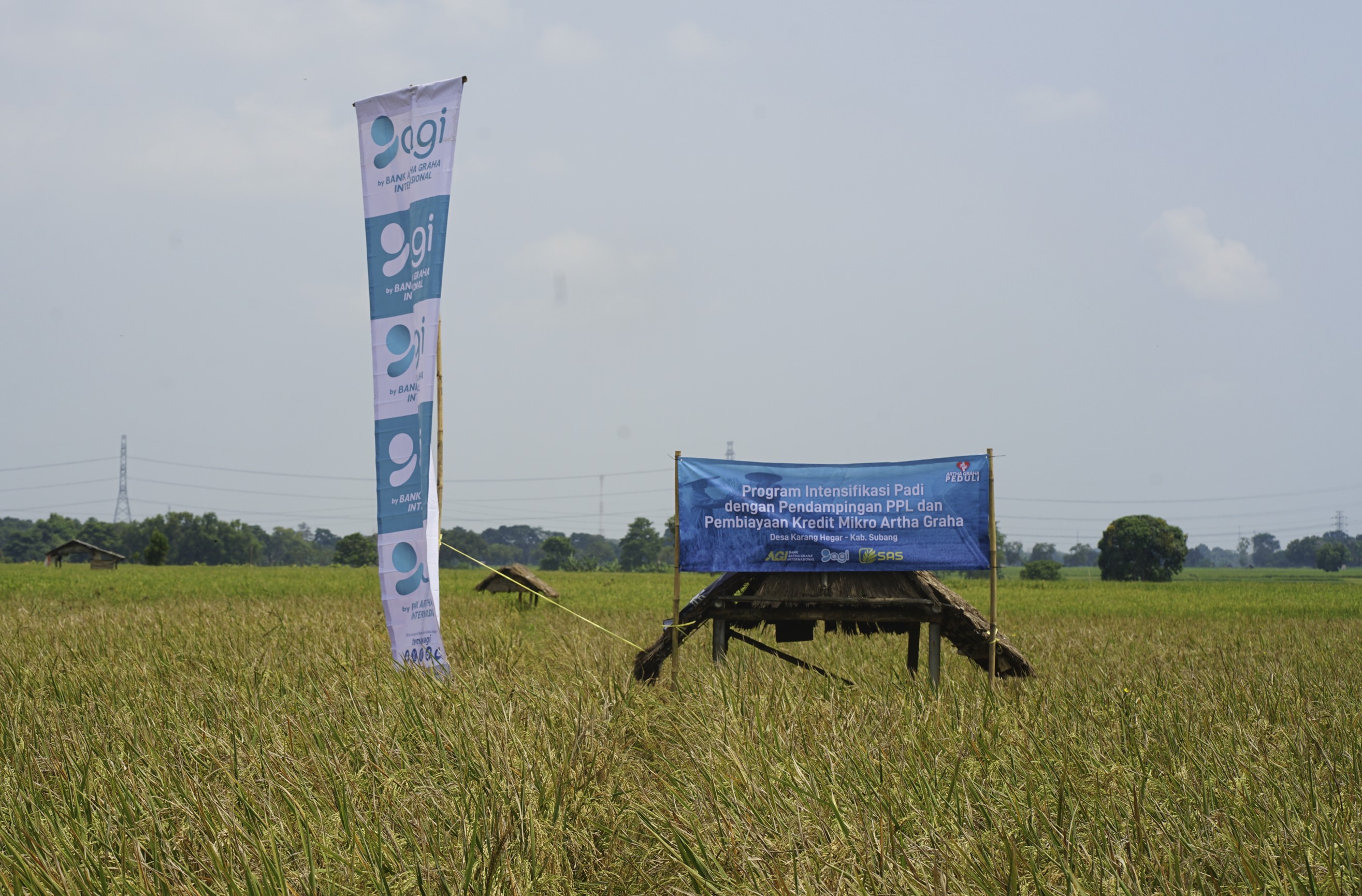
Corporate Social and Safety Responsibility (CSSR)

Currently, a private company is facing new challenges in adapting to the changing global business landscape. There has been a shift in society’s perception of the existence of private enterprises.
The public now expects that a company should no longer limit itself to providing quality goods and services merely for profit. Instead, it is also expected to uphold commitments in protecting the environment, fostering social well-being, conducting business with strong ethical standards, and contributing to economic development.
These efforts are essential for improving the quality of life and the economy, not only for the company’s internal stakeholders—such as employees and their families—but also for surrounding communities and society at large.
Society also expects companies to evolve beyond philanthropic activities, strategically committing to accountability for the impacts of their operations. This includes engaging in initiatives that bring social and environmental benefits, such as education, healthcare, environmental conservation, and economic empowerment. This commitment is known as Corporate Social Responsibility (CSR).
According to Donaldson & Preston (1995) in their article “The Stakeholder Theory of the Corporation: Concepts, Evidence, and Implications”, CSR is not merely a strategic choice but an ethically correct action. It is an intrinsic responsibility arising from the impact of corporate operations on various stakeholders.
Companies are thus expected to contribute to societal welfare, going beyond legal compliance or profit-seeking motives. The implementation of strategic CSR programs can serve as the foundation for building a “social license to operate,” a crucial pillar that ensures the company’s sustainability and safety in conducting its field operations to achieve its objectives. Hence, the concept of “safety” becomes a key factor in designing and executing CSR activities.
From CSR to CSSR
Recognizing the importance of building a holistic safety ecosystem by integrating CSR with activities that safeguard the company itself, the author introduces a new concept: CSSR (Corporate Social and Safety Responsibility). CSSR focuses on systematic corporate efforts to create a safe, healthy, and ethical work environment while supporting community well-being and environmental preservation, utilizing the resources available to the company.
In practice, CSSR encompasses several core dimensions.
Employee safety and well-being – Companies are required to protect workers from accidents, occupational diseases, and psychosocial stress. This is achieved through the provision of safety equipment, regular training, emergency procedures, and the promotion of a safety culture within the organization.
Ethical responsibility – Companies must treat employees and all stakeholders fairly and humanely. This includes respecting labor rights, avoiding exploitative practices, and upholding integrity in all business activities.
Environmental responsibility – Companies must actively and sincerely work to minimize negative impacts on ecosystems.
CSR and corporate safety initiatives should not be viewed as two separate tracks but rather as an integrated system. Safety serves as an enabler—a driving factor to ensure strategic activities are carried out effectively in achieving both short-term and long-term goals without deviation.
Companies that successfully integrate these elements from the planning stage will develop competitive resilience—an advantage that not only drives growth but also ensures sustainability in the face of uncertainty.
As risk management expert Peter Drucker once said: “Efficiency is doing things right; effectiveness is doing the right things.” CSSR embodies both efficiency and effectiveness as part of 21st-century strategic leadership.
“Resilient organizations don't just survive disruptions; they reimagine their safety architecture because of them.” — Diane Vaughan (Columbia Disaster Researcher)
Artha Graha Peduli – By: Heka Hertanto, Chairman of Artha Graha Peduli
More Articles

















